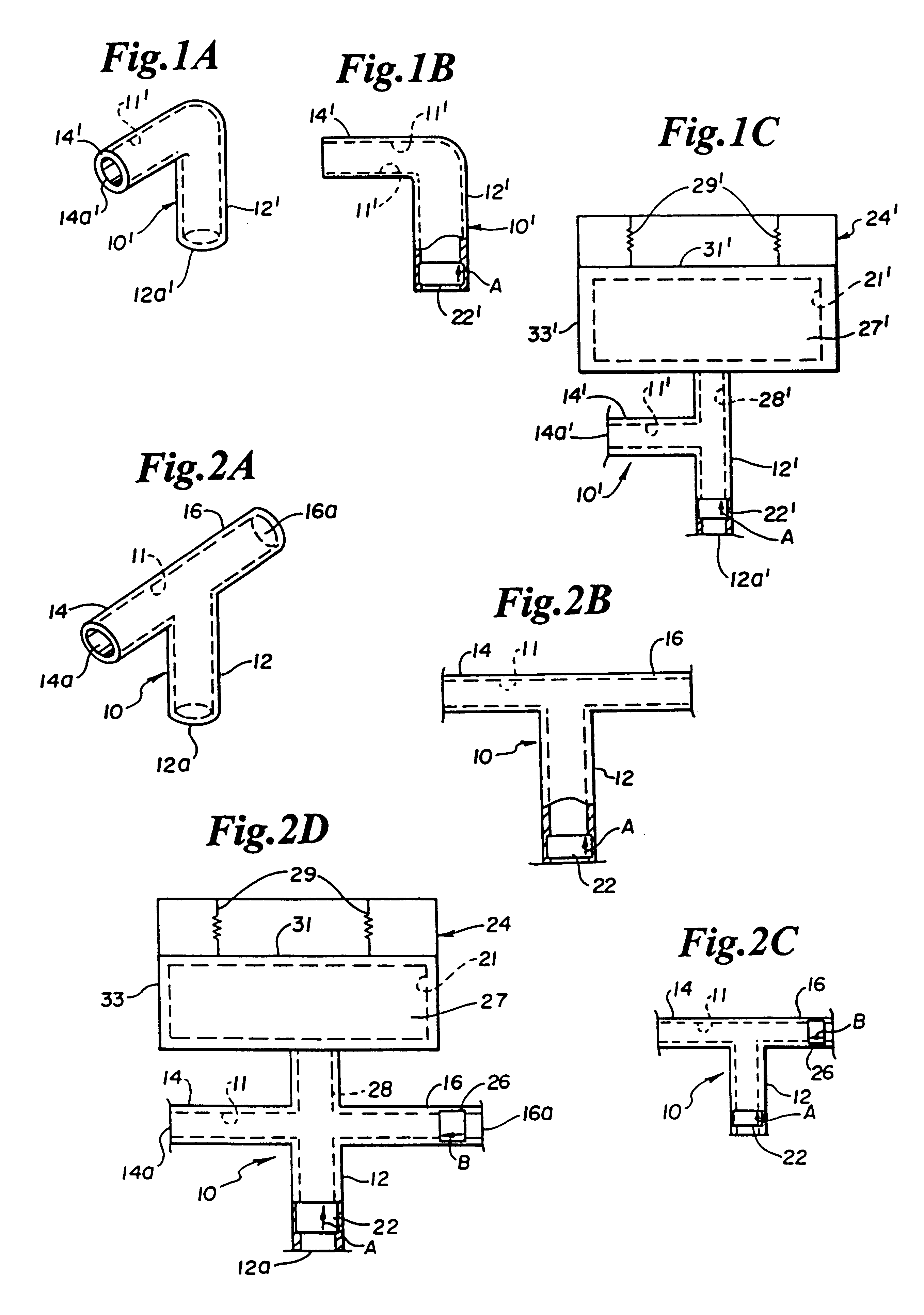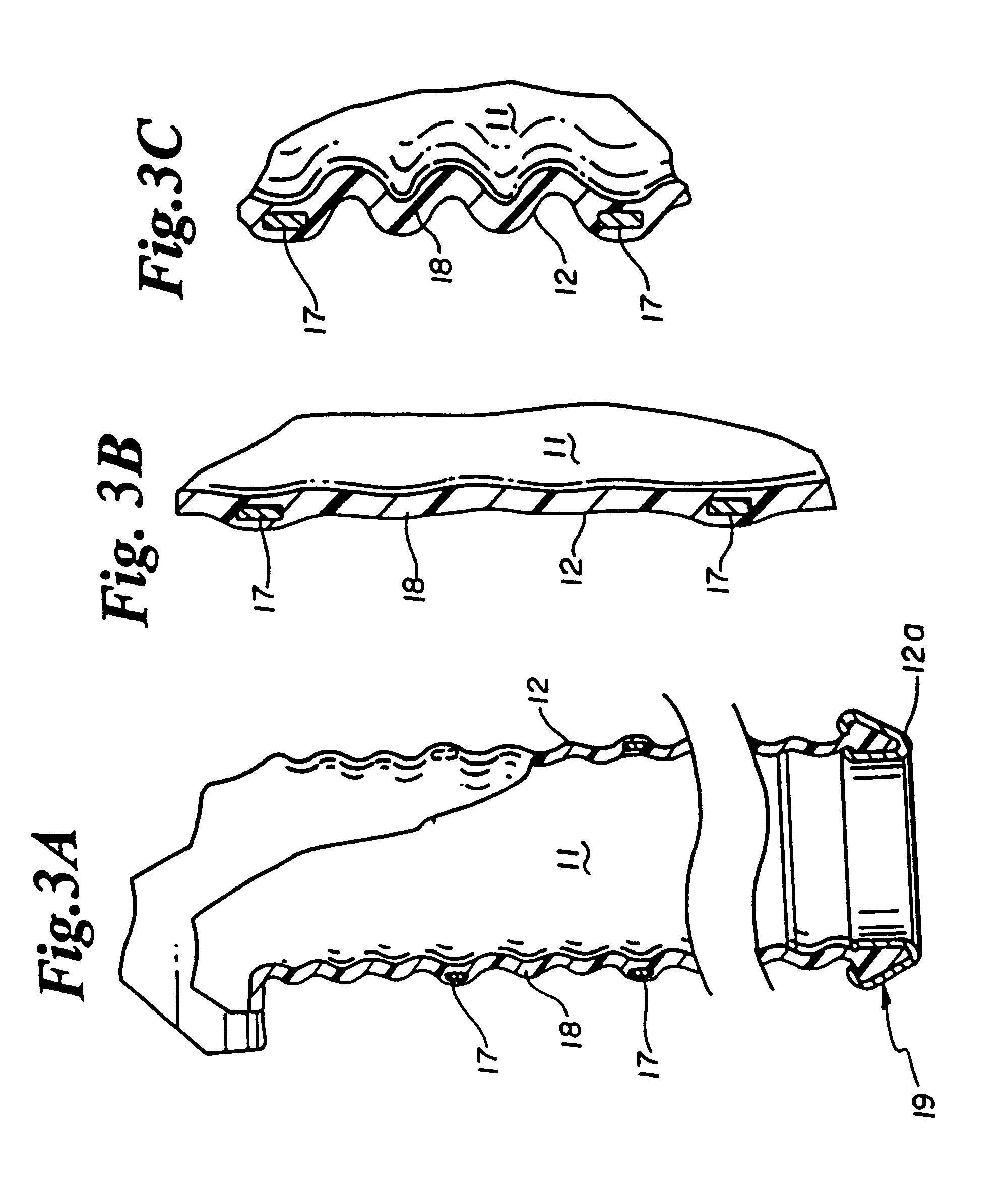Expandable myocardial implant
a myocardial implant and expandable technology, applied in the field of expandable myocardial implants, can solve the problems of disproportionately high failure rate of plaque reformation, premature death in industrialized societies, and limited medical treatment of arteriosclerotic heart diseas
- Summary
- Abstract
- Description
- Claims
- Application Information
AI Technical Summary
Benefits of technology
Problems solved by technology
Method used
Image
Examples
Embodiment Construction
A. The Problem
Heart disease remains the leading cause of death in the industrialized world. Myocardial infarction, or irreversible damage to cardiac muscle, can result when cardiac musculature is inadequately oxygenated for a sufficient period of time. The leading cause of inadequate oxygenation is insufficient blood flow through the coronary arteries which perfuse the cardiac musculature. The most common cause of insufficient blood flow within the coronary arteries is vascular stenosis or occlusion. By far the leading cause of stenosis or occlusion of the coronary arteries is arteriosclerosis.
Blockage of the coronary vasculature may be reversed by several means. The most durable solution to the problem, though, is coronary artery bypass grafting.
Traditionally, the bypass procedure has entailed forming a new pathway where blood from the aorta is supplied to coronary artery or arteries at a site or sites distal to the obstruction. It is axiomatic that this form of coronary artery byp...
PUM
 Login to View More
Login to View More Abstract
Description
Claims
Application Information
 Login to View More
Login to View More - R&D
- Intellectual Property
- Life Sciences
- Materials
- Tech Scout
- Unparalleled Data Quality
- Higher Quality Content
- 60% Fewer Hallucinations
Browse by: Latest US Patents, China's latest patents, Technical Efficacy Thesaurus, Application Domain, Technology Topic, Popular Technical Reports.
© 2025 PatSnap. All rights reserved.Legal|Privacy policy|Modern Slavery Act Transparency Statement|Sitemap|About US| Contact US: help@patsnap.com



